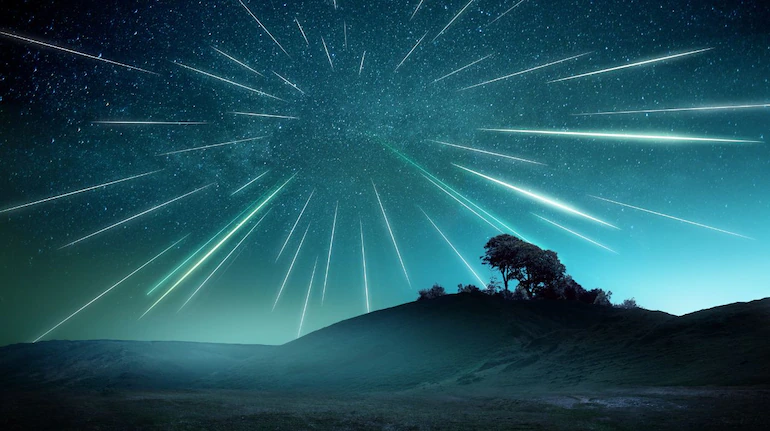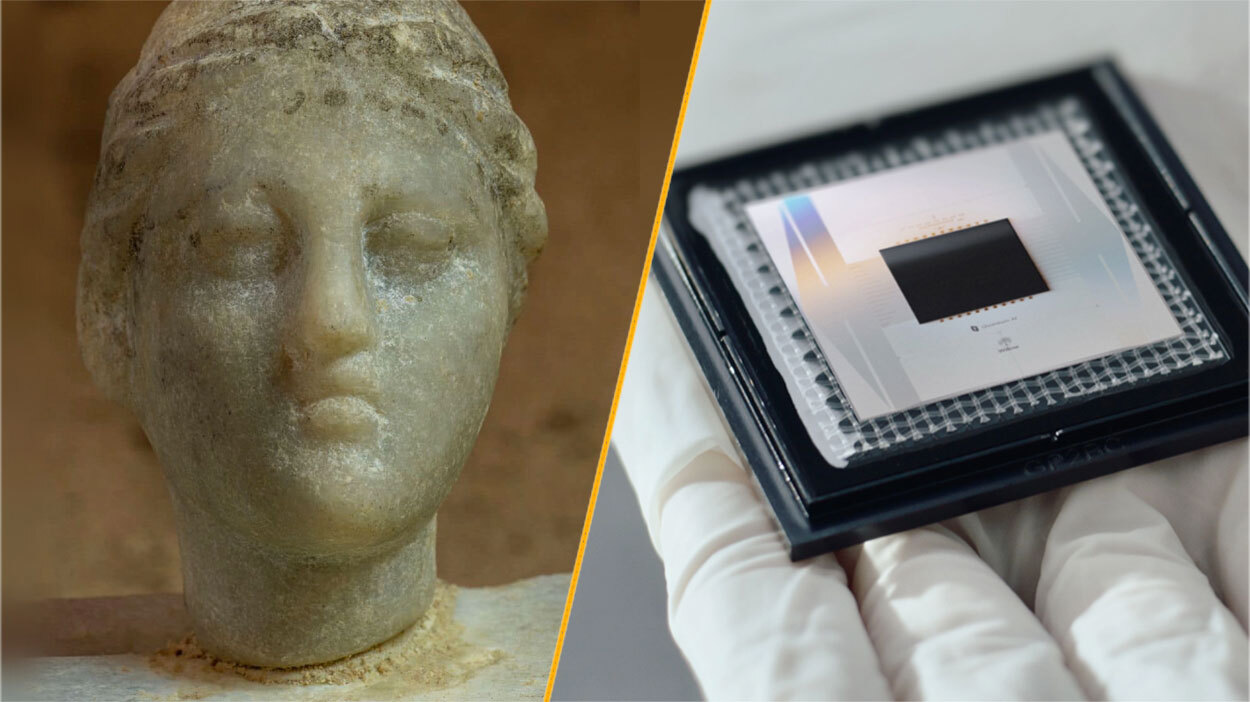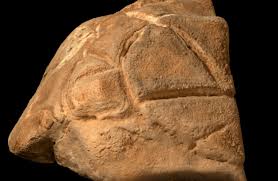The most intense meteor shower of the year, the Geminids, will peak tonight and tomorrow night (December 13 and 14). The only annual meteor shower that scientists know for sure is caused by an asteroid rather than a comet, the peak night of the Geminids meteor shower will be somewhat overshadowed by the presence of a nearly full Moon this year.
With December’s full moon, the “Cold Moon,” rising on Sunday, December 15, it will already be above the horizon and will shine brightly as the sun sets tonight. Skywatchers are unlikely to see the more than 120 meteors per hour during the peak that many expect – but it’s still an event worth being outside for around midnight.
For the best view, find a spot as far away from artificial lights as possible, turn your back to the Moon, and look up while letting your eyes adapt to the darkness. Meteor showers are best viewed with the naked eye; Sky-watching binoculars or backyard telescopes are not required. (Due to the moon’s brightness, extensive travel is not advised for this shower.)
The most powerful meteor shower of the year in the Northern Hemisphere, according to the American Meteor Society, the Geminids are often bright and intensely colored. Active from Monday, Dec. 2, to Saturday, Dec. 21, according to NASA, the Geminids are yellow in color, but can also be white and green.
The Geminids are caused by 3200 Phaethon, which is thought to be an asteroid. Each December, Earth crosses the path of the asteroid; debris left behind by the asteroid falls into Earth’s atmosphere, heating up and producing a “shooting star” or meteor. Discovered in 1982, asteroid Phaethon orbits the sun every 1.4 Earth years and shows a comet-like tail for a few days when the asteroid passes closest to the sun. This is unusual; Asteroids, which are mostly rocky, don’t usually form tails when they come close to the sun.
Research published in 2023 showed that minerals in 3200 Phaethon release sodium gas while carbon dioxide and water vapor create enough pressure to lift tiny dust particles from its surface. Together, these two processes form its tail.
As the Geminids peak this year, the final meteor shower of 2024 will also begin. The Ursids, which appear to come from Ursa Major — best known for the shape of stars called the Big Dipper — run from Friday, Dec. 13 to Tuesday, Dec. 24, peaking on the nights of Saturday, Dec. 21 and Sunday, Dec. 22, when 5-10 shooting stars can be seen in the dark night sky. On that peak night, the last quarter moon of the year will rise just after midnight.



